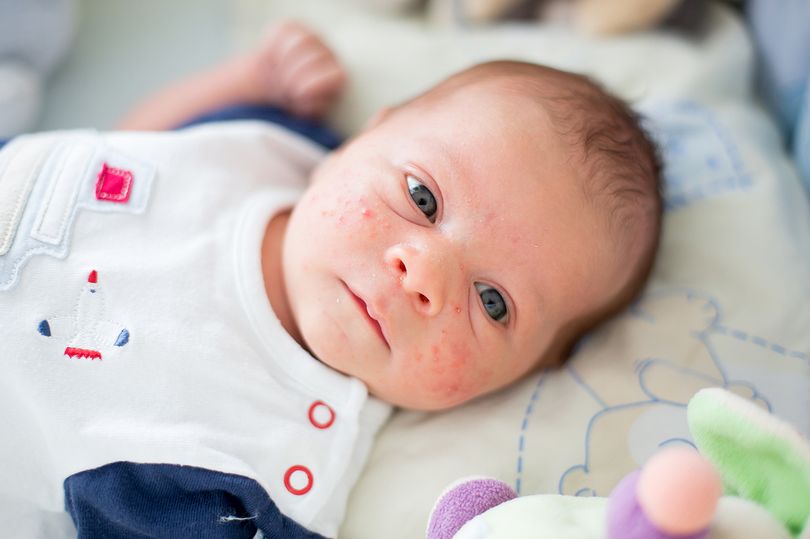A friend of mine has a grandson with baby eczema, and she asked me which soothing skin cream would be best for him.
Well, that’s a sticky decision. There are many emollients and finding one a baby will tolerate and accept may require trial and error.
Eczema and the skin dryness that’s part of it is different in every child, so it’s unlikely that any one emollient will suit everyone. So what do I tell my friend?
What parents will find by trial and error is how important the texture, smell and sensation of creams are to their children.
Without your baby’s co-operation, treating eczema can turn into a demoralising battle.
It would be convenient to compile a short list of treatments but that’s risky as they may not work, or if treatment is stopped this could lead to a deterioration of the skin condition.
Eczema is an inflammatory skin disease that affects up to one in 10 children under two years old.
It may take anti-inflammatory treatment with topical corticosteroids to get redness and itching down.
However, the mainstay of treatment is liberal use of emollients which may help to prevent a flare-up. Emollients, as the name suggests, soothe, soften and moisturise.
Research comparing different “leave-on” emollients is limited, so the key thing is to find one or more that suits you and your child, and over time that choice may change.
Not that research hasn’t tried to find the perfect product.
The COMET study compares four different types of emollients (Aveeno lotion, Diprobase cream, Doublebase gel, Hydromol ointment) in children up to five years of age, and the eczema improved in all groups over three months.
In another study of 335 children aged two to six, flare-ups were less with both emollient groups compared to those having no treatment.
In an attempt to find the perfect leave-on emollient, the BEE (best emollients for eczema) study is recruiting children aged six months to 12 years with eczema, and will report in 2021.
The study compares four of the most commonly prescribed types of paraffin-based emollient: lotions, creams, gels, and ointments.
Researchers will track how subjects and their carers report eczema symptoms and quality of life over 16 weeks.
Participants will be followed up for 52 weeks, and the study will include judgment of effectiveness and acceptability of the emollients by carers and older children.
What many parents of children with eczema don’t realise is that it’s important to apply emollients to your child twice a day as a maintenance treatment even if their skin is clear.

